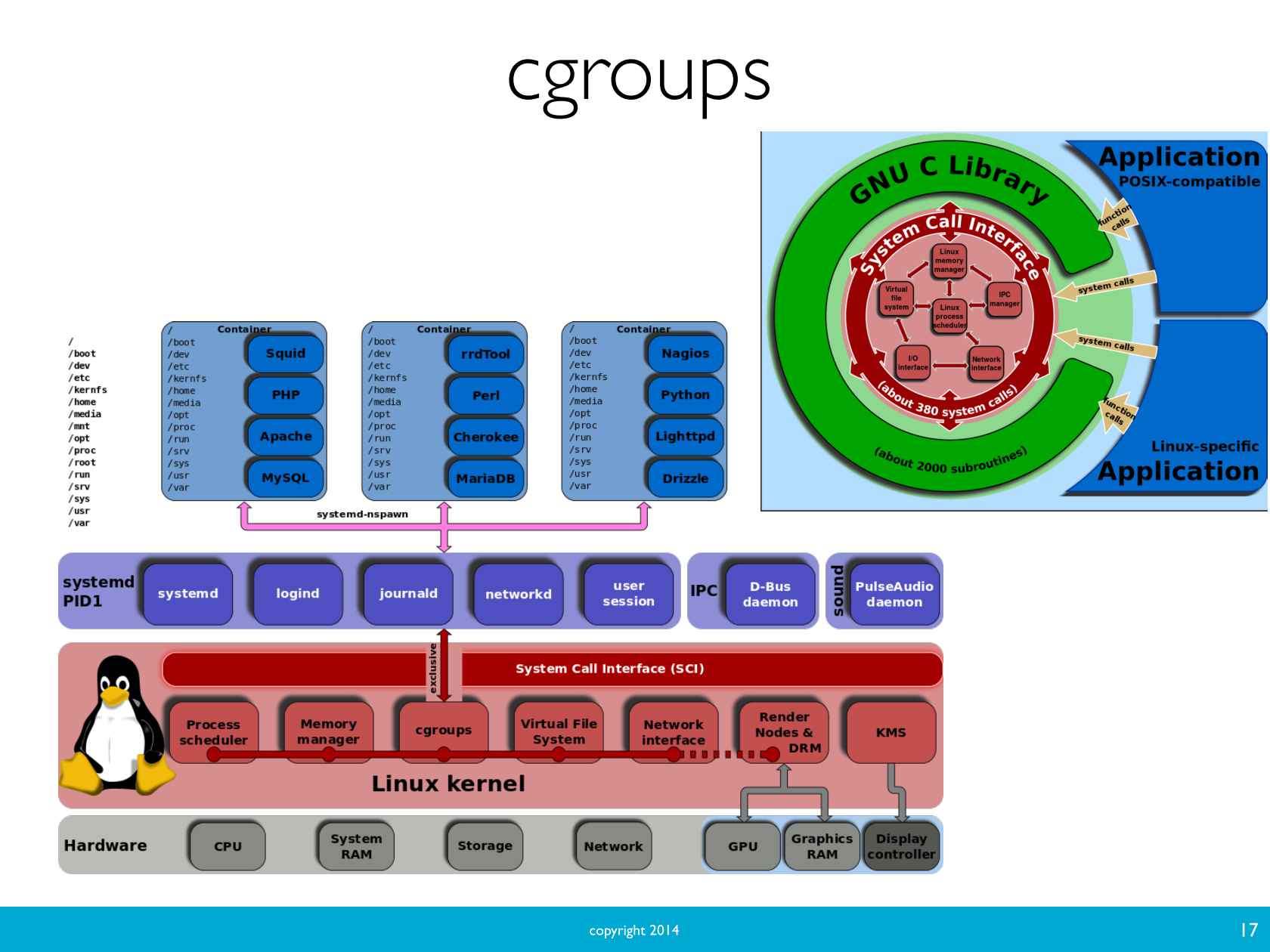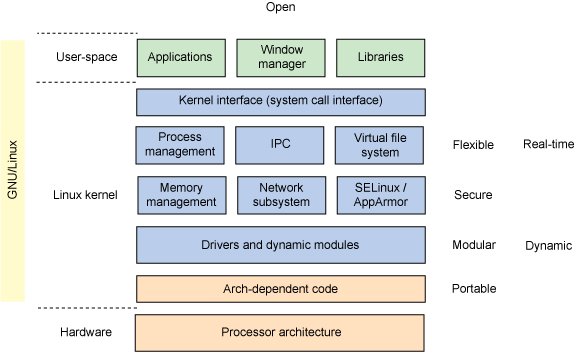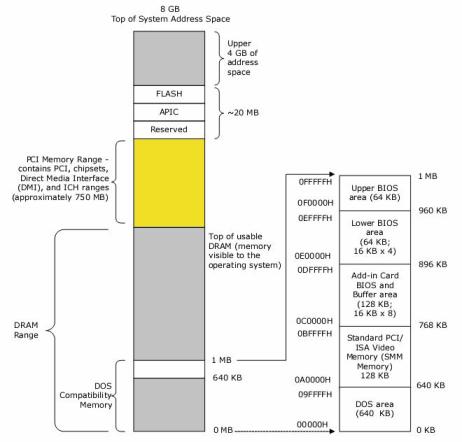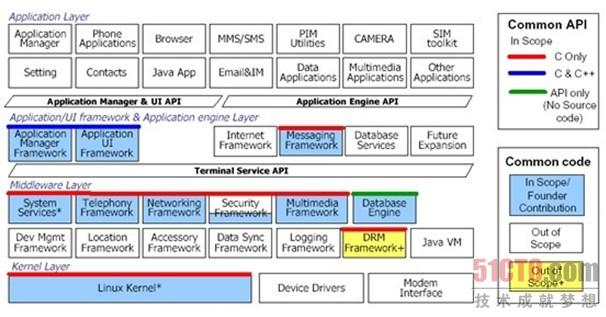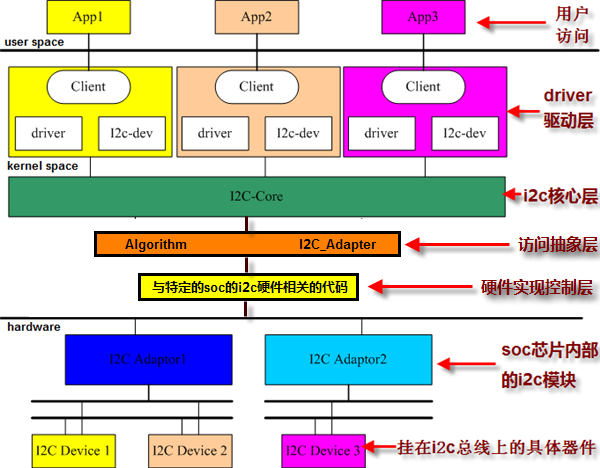Do what we want based on what others already did with additional abstraction and organization to service for uses.
- Preface
- Provide valuable insight to pepole who want to know more about the critical design issues in a modern operating system.
- Understand how things really work inside the machine, often called microprocessor or MPU or SoC.
- Two ways of designing OS: design OS based on specific hardware platform, or skip the hardware-dependent details and concentrate on the pure hardware-independent parts of the kernel.
- Efficient kernels take advantage of most available hardware features, such as addressing techniques, caches, processor exceptions, special instructions, control registers, I/O registers, memory management unit(MMU), and so on.
- When covering hardware features, out strategy is only sketch the features that are totally hardware-driven while detailing those that need some software support.
- shall be interested in kernel design rather than in computer architecture.
- Learning kernel shall use the bottom-up approach, hardware-->I/0 registers-->control registers-->OS-->system call-->User app
- Start with data structures needed to support he functions described in the chapter, Then move from the lowest level of functions to higher levels, often ending by showing how system calls issued by user applications are supported
- Memory management, including mmp, file buffering, process swapping, and Direct memory Access
- The virtual Filesystem layer and the Second and Third Extended Filesystems.
- Process creation and scheduling
- Signals, interrupts, and the essential interfaces to device drivers
- Timing
- Sychronization within the kernel
- Interprocess Communication
- Program Execution
- Introduction
- Linux was initially developed by Linus Torvalds in 1991 as an OS for IBM-compatible personal computers based on the Intel 80386 microprocessor.
- The current standards specify only an application programming interface API that is, a well-defined environment in which user programs should run.
- Windows NT and its descendents are POSIX-compliant.
- Unix-like kernels often share fundamental design ideas and features.
- Adopt the best features and desgin choices of several different Unix kernels.
- Monolithic kernel: large, complex, conventional
- Compiled and Statically linked traditional kernels:load and unload dynamically some portions of the kernel code, device drivers which are usually called modules.
- Kernel threading: organized as a set of kernel threads.A kernel thread is an execution context that can be independently scheduled;it may be associated with a user program, or it may run only some kernel functions. Context switches between kernel threads are usually much less expensive than context switches between ordinary processes, because the former usually operate on a common address space.
- adf
- zcv
- zcv
- dfadf
adf
